Tattooing has become a popular form of self-expression, allowing individuals to adorn their bodies with intricate and meaningful designs. Behind every beautifully crafted tattoo lies a tattoo machine, a device that enables artists to create permanent works of art on the skin. In this comprehensive guide, we will delve into the inner workings of tattoo machines, exploring the technical aspects that make them function seamlessly.
- Components of a Tattoo Machine:
A tattoo machine consists of various components, each serving a specific purpose in the tattooing process. These components include:a) Frame: The frame forms the foundation of the tattoo machine, providing structure and stability. Typically made of steel, the frame supports the other components and houses the motor and electrical components. b) Coils: Coils are electromagnetic components responsible for driving the machine’s needles. When electric current flows through the coils, they create a magnetic field that moves the armature bar up and down, thus driving the needles in and out of the skin. c) Armature Bar: The armature bar is connected to the coils and moves in response to the magnetic field created by the coils. It transfers the motion to the attached needles, causing them to puncture the skin. d) Contact Screw: The contact screw regulates the distance between the front spring and the rear spring. It controls the machine’s throw, which determines how far the needles move in and out of the skin. Adjusting the contact screw allows artists to customize the machine according to their preferred tattooing style. e) Front and Rear Springs: Springs play a crucial role in the machine’s movement. The front spring is connected to the contact screw and the armature bar, while the rear spring provides tension and acts as a return mechanism for the armature bar. f) Tubes and Needles: Tattoo machines are equipped with disposable tubes and needles. The needles are inserted into the tube, and the tube is attached to the machine. When the machine is in use, the needles rapidly puncture the skin, depositing ink in the desired pattern.
- Types of Tattoo Machines:
There are two primary types of tattoo machines: coil machines and rotary machines. a) Coil Machines: Coil machines are the traditional and most widely used type of tattoo machine. As described earlier, they operate using electromagnetic coils that move the armature bar. Coil machines offer a wide range of adjustments, making them suitable for various tattooing styles and techniques. b) Rotary Machines: Rotary machines, as the name suggests, use a rotary mechanism to drive the needles. Instead of electromagnetic coils, they employ a rotating motor that moves the attached needle cartridge. Rotary machines are known for their quiet operation and smooth needle motion, providing artists with precise control.
- Tattoo Machine Operation:
Understanding the operation of a tattoo machine is essential for both tattoo artists and enthusiasts. Here’s a step-by-step breakdown of how a tattoo machine works:a) Power Supply: The tattoo machine is connected to a power supply unit that provides the electrical energy required for its operation. The power supply allows artists to adjust the voltage and speed of the machine, depending on the desired effect and the skin type. b) Needle Configuration: Artists select the appropriate needle configuration based on the design and technique they intend to use. The needles are inserted into the tube, and the tube is attached to the machine. c) Start and Stop Switch: Tattoo machines feature a start and stop switch that enables artists to control the machine’s movement. When the switch is activated, the machine begins oscillating, moving the needles in and out of the skin. d) Ink Application: As the needles penetrate the skin, they deposit ink, creating the desired design. Artists need to maintain a steady hand and proper technique to ensure precise lines and shading. Conclusion Conclusion:In conclusion, understanding how tattoo machines work is crucial for both tattoo artists and enthusiasts alike. By comprehending the intricate components, mechanisms, and operation of these machines, individuals can gain a deeper appreciation for the artistry and skill involved in the tattooing process. Whether it’s the classic coil machines or the innovative rotary machines, these devices serve as the tools that bring creative visions to life on the canvas of human skin. So, the next time you admire a stunning tattoo, you can now appreciate the intricate workings of the tattoo machine that made it possible.
What are tattoo machines and how do they function?
Tattoo machines, also known as tattoo guns, are essential tools used by professional tattoo artists to create intricate and permanent designs on the skin. These machines employ a combination of electrical and mechanical components to deliver controlled and precise movements of the tattoo needles, allowing for the insertion of ink into the skin’s dermal layer. In this comprehensive guide, we will explore the inner workings of tattoo machines, shedding light on their construction, function, and the key components that make them an indispensable tool in the art of tattooing. At their core, tattoo machines consist of a power source, an electromagnetic coil system, a rotary or linear motor, a needle bar, and various other components.
The power source, typically an electrical outlet or a battery pack, supplies the necessary energy to the machine, enabling it to operate efficiently. Tattoo machines usually operate on low voltage, ranging from 4 to 12 volts, ensuring a safe and controlled tattooing process. The heart of a tattoo machine lies in its electromagnetic coil system. This system comprises one or more coils wrapped around an iron core. When the power is activated, the coils create an electromagnetic field that interacts with a metal armature bar. The armature bar is connected to a cluster or a single tattoo needle, depending on the machine’s configuration. As the electromagnetic field is generated, it attracts the armature bar, causing it to move downward, and subsequently, the attached needle is driven into the skin. The movement of the needle is often facilitated by a rotary or linear motor, which converts the linear motion generated by the electromagnetic coil system into a rotational or reciprocating motion. Rotary machines employ a rotating mechanism, usually driven by a motor, to drive the needle up and down. Linear machines, on the other hand, use a linear motor to move the needle back and forth in a straight line. Both types of machines have their advantages and are preferred by different tattoo artists based on their personal preferences and tattooing styles. To ensure a smooth and controlled tattooing process, tattoo machines incorporate several other components.
These include the tube, which holds the needle and ink, and the grip, which provides a comfortable and stable handle for the artist. The tube and grip are often detachable, allowing for easy cleaning and sterilization. Additionally, there is a foot pedal or a switch that allows the artist to control the machine’s operation, turning it on and off as needed. It is worth noting that tattoo machines are not a one-size-fits-all tool. Different machines are designed for specific purposes, such as lining, shading, or coloring. The configuration of the machine, including the number and arrangement of the needles, can be customized to achieve different effects and create various tattoo styles. Tattoo artists meticulously select the appropriate machine and needles based on the desired design and the client’s preferences. In conclusion, tattoo machines are intricate devices that combine electrical and mechanical components to facilitate the art of tattooing.
The electromagnetic coil system, powered by a power source, drives the movement of the needle through the interaction with the armature bar. Rotary or linear motors convert this linear motion into rotational or reciprocating motion, allowing for precise control over the tattooing process. By understanding the inner workings of tattoo machines, we gain a deeper appreciation for the skill and craftsmanship involved in creating stunning and enduring tattoos.

How does the electromagnetic mechanism power tattoo machines?
The electromagnetic mechanism plays a crucial role in powering tattoo machines, driving their functionality and allowing tattoo artists to create intricate designs with precision. Tattoo machines are essentially handheld devices that use electromagnets to control the movement of needles, enabling them to puncture the skin and deposit ink. At the heart of a tattoo machine lies an electromagnetic coil, which acts as an electromagnet when electric current flows through it. This coil is usually made of copper wire wound tightly around an iron core, forming a solenoid. The coil is positioned strategically within the machine’s frame, ensuring proper alignment with the needle bar. To power the tattoo machine, an electrical current is supplied through a power source, typically a power supply unit or a battery pack.
The power source delivers a low-voltage DC (direct current) signal to the tattoo machine, which is then converted into a pulsating, intermittent current by the electromagnetic mechanism. The conversion of electrical energy into mechanical motion begins with the electromagnetic coil. When the current flows through the coil, it generates a magnetic field around it, magnetizing the iron core. This magnetic field attracts and pulls a metal armature bar, which is connected to the needle bar assembly. The armature bar, sometimes referred to as the armature rod, is a metal rod with a front spring and a back spring attached to it. These springs provide tension and help regulate the movement of the needle. When the coil magnetizes the armature bar, it is drawn toward the coil, compressing the springs. As the armature bar moves closer to the coil, it breaks the circuit with the front contact screw, interrupting the flow of electricity. This interruption causes the magnetic field to collapse, demagnetizing the coil. The springs then push the armature bar back, reestablishing the circuit and allowing the current to flow again. This rapid on-off cycle, driven by the magnetic attraction and repulsion between the coil and the armature bar, creates the characteristic buzzing sound associated with tattoo machines. It also translates into the up-and-down motion of the needle bar assembly, propelling the tattoo needles in and out of the skin.
The needle bar assembly consists of the needle bar, which holds the tattoo needles, and a set of rubber bands that provide additional tension. As the needle bar moves up and down, the needles puncture the skin’s surface, delivering ink into the dermis to create the desired tattoo design. The speed and depth of the needle’s penetration can be adjusted by the tattoo artist, primarily by manipulating the power supply unit and the machine’s grip. By controlling the current flow and the force exerted on the needle bar, artists can achieve different effects, from fine lines to shading and coloring. In conclusion, the electromagnetic mechanism powers tattoo machines by converting electrical energy into mechanical motion through the use of an electromagnetic coil and an armature bar. This mechanism enables precise control over the movement of tattoo needles, allowing artists to create intricate and detailed tattoos. The combination of electrical engineering and artistic skill makes tattoo machines a vital tool in the art of tattooing.

Exploring the two types of tattoo machines: coil machines and rotary machines
Tattooing has become an intricate art form, with skilled artists creating stunning designs on the human canvas. Behind these captivating tattoos are highly sophisticated machines that bring these designs to life. In this comprehensive guide, we delve into the world of tattoo machines, focusing on the two primary types: coil machines and rotary machines. Understanding the inner workings of these machines is essential to appreciate the artistry and craftsmanship involved in the tattooing process. Coil machines, also known as electromagnetic machines, have been the traditional choice for tattoo artists since their invention in the late 19th century. These machines operate on the principle of electromagnetic induction. A coil machine consists of several key components: a frame, coils, armature bar, front and back springs, contact screw, and a tube for holding the needle.
The frame of a coil machine is typically made of durable materials such as iron or steel. It provides stability and houses the other components. The coils, made of copper wire wound around an iron core, play a vital role in the machine’s functionality. When an electric current flows through the coils, it generates a magnetic field, which attracts the armature bar. The armature bar is connected to the front spring and moves up and down due to the magnetic pull from the coils. As the armature bar moves downward, it pushes the attached needle into the skin. When the current is cut off, the armature bar springs back, retracting the needle. The front and back springs serve as a bridge between the frame and the armature bar, helping to regulate the machine’s movement. The contact screw is another critical component in coil machines. Positioned at the top of the machine, it adjusts the depth of the needle’s penetration into the skin. By tightening or loosening the contact screw, artists can achieve precise control over the tattooing process.
In contrast, rotary machines offer a different approach to tattooing. These machines operate based on a rotary mechanism, where a motor drives a rotating cam or an armature bar. Rotary machines are known for their smooth and quiet operation, making them popular among artists seeking more control and precision. The construction of a rotary machine is relatively simpler compared to a coil machine. It consists of a motor, a cam or armature bar, and a needle. The motor, typically a DC motor, powers the rotation of the cam or armature bar. As the motor spins, the cam or armature bar moves in a circular motion, creating a reciprocating motion for the needle. Some rotary machines feature an adjustable needle depth system, allowing artists to customize the needle’s protrusion from the machine. This adjustability is achieved through the use of a needle stabilizer or a needle cartridge system, which offers convenience and flexibility during the tattooing process. One notable advantage of rotary machines is their versatility. They can be used for various tattooing styles, including fine lines, shading, and color packing. Additionally, rotary machines are typically lighter and more ergonomic than coil machines, providing artists with better maneuverability and reducing fatigue during long tattooing sessions. Both coil machines and rotary machines have their merits and are favored by different artists based on their personal preferences and tattooing styles. Coil machines are known for their robustness, power, and the ability to handle large needle groupings, making them suitable for bold and solid outlines.
On the other hand, rotary machines excel in creating intricate details, smooth shading, and realistic textures. In conclusion, tattoo machines are the backbone of the tattooing industry, enabling artists to create beautiful and meaningful designs. Coil machines and rotary machines represent two distinct types of machines with their own unique mechanisms and features. Understanding the differences between these machines is crucial for aspiring tattoo artists and enthusiasts alike, as it Understanding the differences between these machines is crucial for aspiring tattoo artists and enthusiasts alike, as it allows them to make informed choices based on their artistic vision, desired tattoo style, and personal preferences. By exploring the intricacies of coil machines and rotary machines, artists can harness the power and precision of these tools to bring their creative visions to life on the skin, leaving a lasting impression and captivating the world with their tattoo artistry.

Maintenance and troubleshooting tips for tattoo machine users
Tattoo machines are essential tools for tattoo artists, enabling them to create intricate designs on the skin. These machines consist of various components that require regular maintenance and occasional troubleshooting to ensure optimal performance and longevity. In this guide, we will delve into the important aspects of maintaining and troubleshooting tattoo machines, providing valuable tips and insights for users. By following these guidelines, tattoo artists can keep their machines in top condition, minimize downtime, and deliver exceptional tattooing results.
- Regular Cleaning:
Regular cleaning is vital for the proper functioning of tattoo machines. After each tattoo session, it is crucial to disassemble the machine and thoroughly clean all the components. Begin by removing the needles, tubes, and grips, and soak them in a sterilizing solution to eliminate any residue or contaminants. Use a soft brush to scrub away any dried ink or debris from the machine’s frame, motor, and other parts. Once cleaned, rinse everything thoroughly with warm water and dry them completely before reassembly. - Lubrication:
Proper lubrication plays a significant role in maintaining the smooth operation of a tattoo machine. Apply a small amount of tattoo machine lubricant to the motor and other moving parts regularly. This will help reduce friction, prevent rust or corrosion, and prolong the life of the machine. However, avoid over-lubrication, as excessive oil can attract dirt and grime, leading to clogs and performance issues. - Needle Bar Adjustment:
The needle bar, which holds the tattoo needle, needs to be properly adjusted to ensure precise and controlled tattooing. Check the needle bar regularly to ensure it is securely fastened and aligned with the front spring. If you notice any looseness or misalignment, tighten the needle bar screw and reposition it as needed. A properly adjusted needle bar will help maintain consistent needle depth and prevent needle wobbling during tattooing. - Voltage and Speed Settings:
Monitoring and adjusting voltage and speed settings are crucial for achieving desired tattooing results. Check the power supply and ensure that it provides a stable voltage output. Fluctuating voltage can cause inconsistencies in the machine’s performance. Additionally, adjust the speed of the machine based on the desired tattooing technique and skin type. Slow down the speed for intricate details and speed it up for shading or coloring. Experimentation and practice will help you find the optimal settings for different tattooing styles. - Check for Wear and Tear:
Regularly inspect your tattoo machine for signs of wear and tear. Check the wiring, connectors, and power cord for any fraying or damage. If you notice any issues, replace the damaged parts immediately to avoid electrical hazards or performance problems. Inspect the springs for tension and ensure they are not bent or worn out. Additionally, examine the contact screw and contact point for signs of corrosion, as this can affect the machine’s conductivity. Replace any worn-out components promptly to maintain optimal performance.

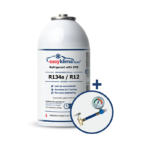
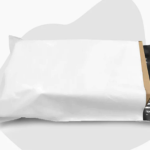
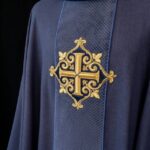
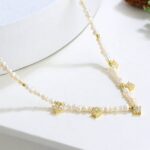

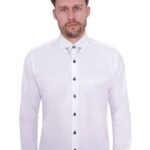









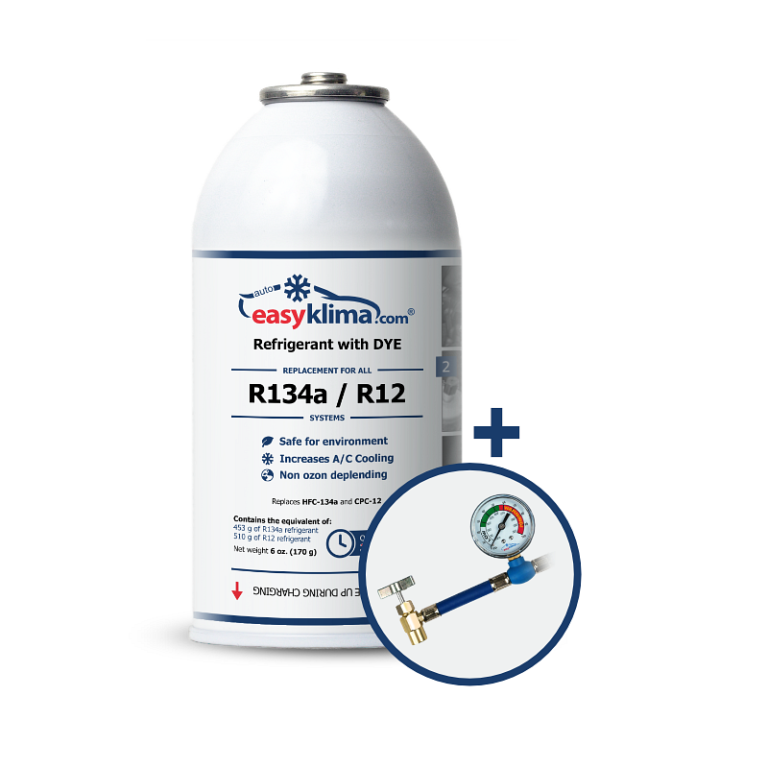

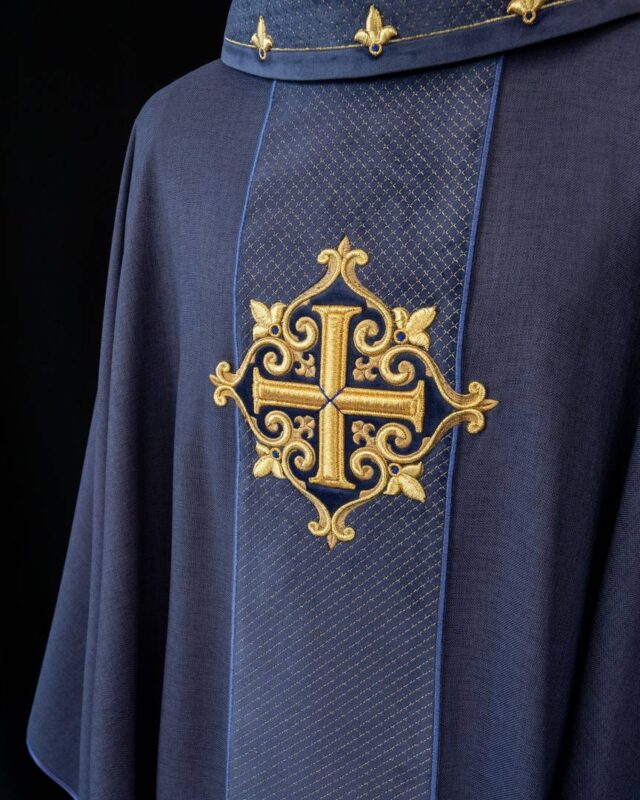
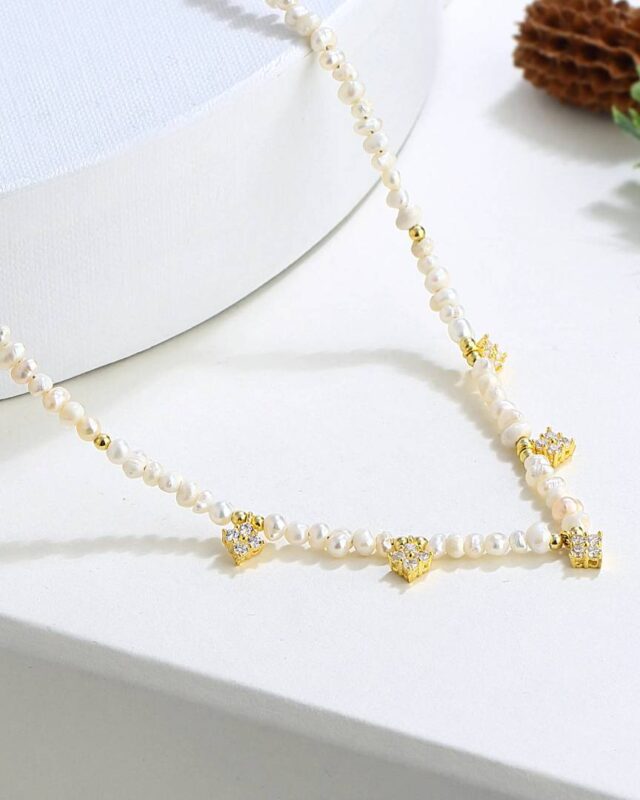


+ There are no comments
Add yours